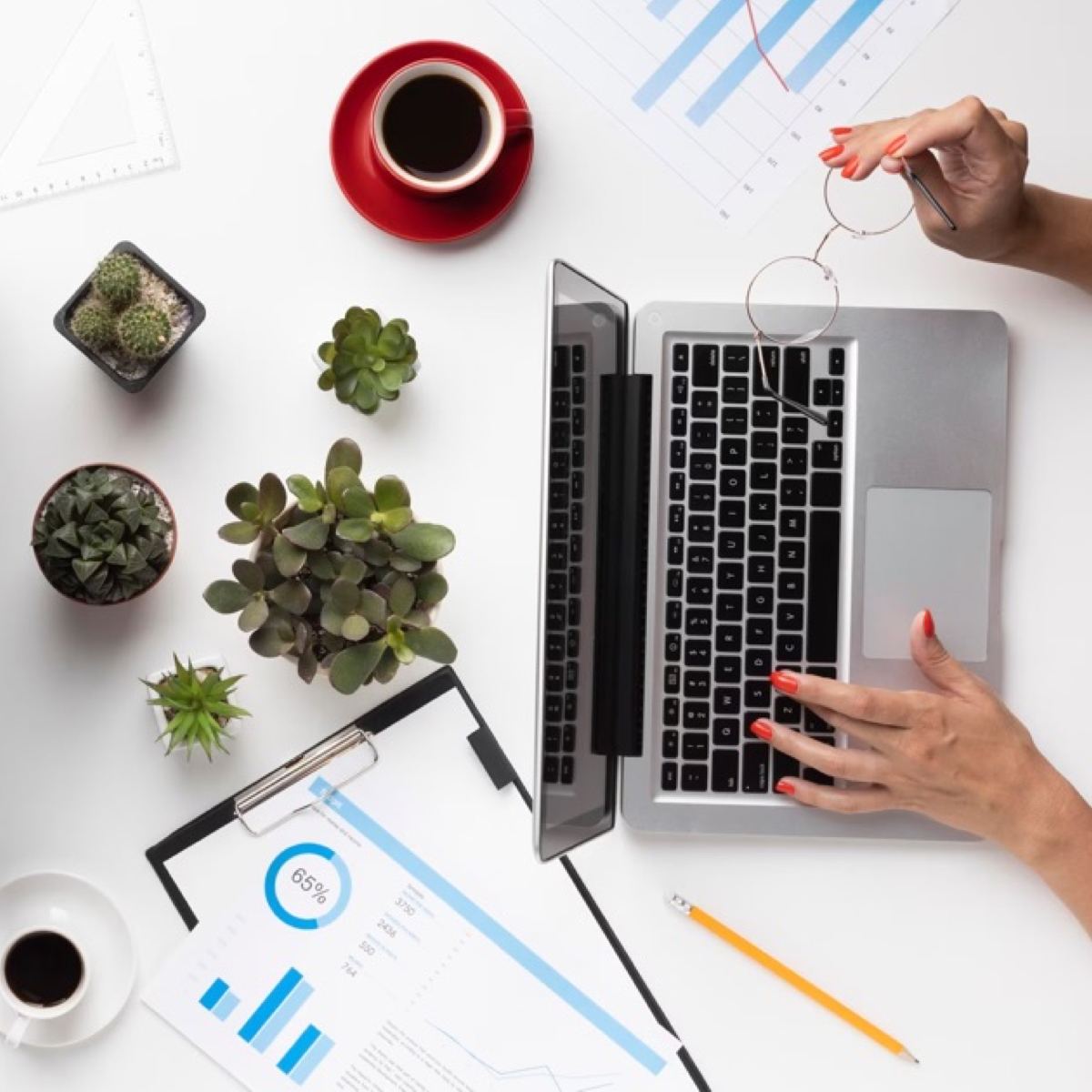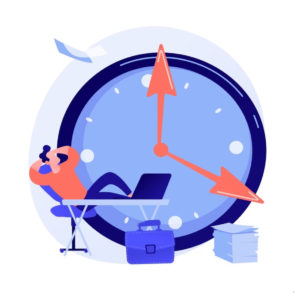
20 Aug Maximising vs. Optimising Your Day
Maximising vs. Optimising Your Day: Why Optimising your work day always wins.
Productivity is often lauded as the ultimate measure of success. The age-old adage “work smarter, not harder” has evolved into discussions about maximising versus optimising one’s work day. On the surface, these two concepts may seem similar, but when we dive deeper, it becomes evident that optimizing is the key to sustainable productivity and personal well-being.
Understanding the Terms:
Maximising:
This approach is all about getting the most done, regardless of quality or efficiency. It’s about filling every available minute with tasks, meetings, and projects. The goal is to achieve quantity.
Optimising:
On the other hand, optimising focuses on improving the quality and efficiency of your work. It’s about making sure every task or activity you undertake offers the maximum value. Instead of sheer volume, the focus is on achieving the best outcomes.
Reasons Why Optimising Your Day Wins:
Quality Over Quantity:
Maximising might allow you to tick off many tasks from your to-do list, but optimising ensures that each of those tasks is done with precision, attention to detail, and to the best of your ability. Over time, this emphasis on quality will benefit both individual workers and their organisations.
Better Mental Well-being:
A work day packed to the brim can lead to burnout, stress, and mental fatigue. By optimising and prioritising tasks that genuinely matter, you give yourself breathing room and opportunities to recharge, leading to better mental health.
Allows Time for Creativity:
A constant rush to complete tasks hampers creativity. Optimising your day can afford you the luxury of time – to think, brainstorm, and come up with innovative solutions.
Reduced Errors by Optimising Your Day
In the rush to maximise output, errors can easily slip through. Optimising usually incorporates reviewing and refining, which in turn reduces the likelihood of mistakes.
Focus on Value-Driven Activities:
Optimising forces you to question the value of each task. Instead of mindlessly completing tasks, you’ll start focusing on activities that bring the most value to your work, team, or organisation.
Sustainability by Optimising Your Day
While it’s possible to sustain a maximised approach for short periods, it’s often not feasible in the long run. Optimising your day, on the other hand, promotes habits that are maintainable over the long term.
How to Shift from Maximising to Optimising:
Set Clear Goals:
Understand what you want to achieve in a day, week, or month. This clarity will help you prioritise tasks effectively.
Analyse Task Value:
Not all tasks are created equal. Evaluate the impact and importance of each activity, and focus on those that bring the most value.
Incorporate Breaks:
Contrary to popular belief, taking breaks can increase your productivity. It provides your brain a chance to relax and rejuvenate.
Use Technology Wisely:
There are numerous productivity tools available today. Use them to automate repetitive tasks and streamline your work processes.
Regularly Review and Reflect:
At the end of each week, take some time to review your achievements and reflect on what can be done better.
Why Embracing the Optimisation Mindset Matters in a Digital Age
In the current digital era, where we are constantly bombarded with information and tasks, the difference between maximising and optimising becomes even more pronounced. Here’s why embracing the optimisation mindset is crucial in today’s world:
The Illusion of Multi-Tasking
One of the pitfalls of the digital age is the misconception that multitasking enhances productivity. While it may seem that juggling multiple tasks at once is a way of maximising productivity, in reality, it often results in diminished focus and lower quality output. Optimising involves single-tasking, where you give one task your undivided attention, ensuring better results and deeper understanding.
Information Overload
In a world where our devices ping constantly with updates, notifications, and emails, maximising can easily lead to an overload of information without any meaningful assimilation. Optimising helps you determine which information is truly relevant, allowing you to streamline your focus and reduce cognitive clutter.
Work-Life Balance in a Remote World:
As remote working becomes more commonplace, the lines between personal and professional lives blur. A maximising approach might push you to be available and work at all hours, but optimising will help you set boundaries, ensuring you have time for personal well-being and family.
Adapting to Rapid Changes:
The digital age is marked by rapid changes and evolutions in technology and work processes. A mindset fixed on maximising might find it hard to adapt, as it’s constantly chasing volume. An optimising mindset, on the other hand, seeks the most efficient way of doing things and is thus more adaptable to new tools, methodologies, or shifts in the digital landscape.
Building Deeper Connections:
In a world dominated by digital interactions, it’s easy to have many superficial connections. An optimising approach extends to personal interactions as well. It’s about building fewer but deeper and more meaningful relationships, both professionally and personally.
Steps to Embrace Optimisation in the Digital Age:
Digital Detox:
Regularly schedule periods where you disconnect from digital devices. This will help you recharge and improve your focus when you reconnect.
Also Read: Research paper by the National Institute of Health on Digital Detox.
Prioritise Learning:
Invest time in courses or training that help you streamline your digital tasks, be it mastering a new tool or understanding a new methodology.
Set Digital Boundaries:
Designate specific times for checking emails or social media. This prevents constant distractions and improves mental well-being.
Quality Over Quantity in Digital Interactions:
Instead of being active on all social media platforms or joining every webinar, choose those that add the most value to your personal or professional growth.
Feedback and Continuous Improvement:
In the digital realm, regularly seek feedback on your work and be open to tweaking your processes for better outcomes.
In conclusion, while maximising might seem like the best approach in a world obsessed with hustle culture, it’s optimising that offers sustainable success, better mental well-being, and consistent high-quality output. By shifting your focus from doing more to doing better, you set yourself up for a fulfilling and productive work life.






